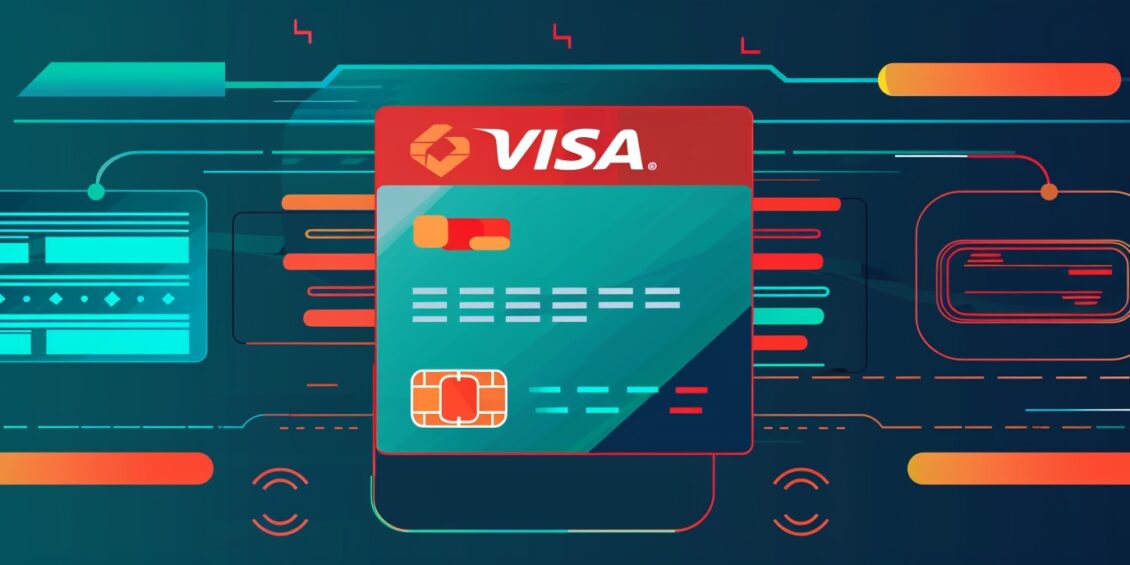
Last April, Visa launched its Visa+ service to connect different peer-to-peer (P2P) payment apps, enabling instant transfers to participating digital wallets.
Initially, Visa+ aimed to be accessible to Venmo and PayPal users across the US by mid-2024. Building on that foundation, the recent launch officially introduces the service to its first partners: PayPal, Venmo, and DailyPay.
Throughout 2024, Visa+ will keep expanding across the US, collaborating with more platforms to tailor our services to meet the specific needs of our clients. But, what does the service really look like in terms of functionality? What value is it bringing to users?
Today, I wanted to look at some questions like this, and examine the true value of Visa+ as a platform.
What is Visa+?
In basic terms, Visa+ is a peer-to-peer money transfer service. What makes it unique is that it facilitates the movement of funds between users of different P2P payment providers.
To illustrate, let’s say you and a friend are having dinner, and you want to easily split the check. You’re already set up with Venmo, but your friend only has PayPal. Using Visa+, you can easily transfer funds from your Venmo balance to your friend’s PayPal account (or vice versa).
There are no fees for transferring money between Venmo and PayPal. What’s more, the transactions are completed rapidly; the funds should arrive in less than 30 minutes.
What is a “Payname” & How Does Visa+ Work?
When you use Visa+, you’ll have a unique identifier called a “payname.” This lets you send and receive money across any wallet provider.
Your Visa+ payname is a unique, personalized payment address that’s only for receiving funds. It’s linked to your account in a participating payment app, and is structured in a standard format: +username.domain.
This payname is tied to a Visa token that can only receive funds, securely stored by Visa and connected to your wallet account. When someone wants to send you money, they just enter your Visa+ payname in their participating wallet app.
The app reaches out to the Visa+ service to associate the payname with the corresponding Visa token. The service then starts an Original Credit Transaction (OCT) to your receive-only token.
An OCT is a direct deposit method by which funds are pushed straight into the recipient’s account. Keep in mind, each user is limited to one Visa+ payname per eligible personal account in any participating payment app.
Why is Visa Implementing This Service?
Over the past decade, we’ve seen a significant shift in consumer payment habits. It’s not so much about exchanging cash, as moving money from one payment app to another.
In 2023, P2P payment transactions in the US soared to an estimated $300 billion. This increase was largely driven by the widespread adoption of smartphones and a growing preference for online shopping.
This rise in P2P transactions is particularly notable among American consumers, especially younger ones, who are drawn to payment apps like Venmo, Zelle, PayPal, and Cash App. These apps are favored not only for their convenience, but also for the appealing rewards and loyalty programs they offer. Nearly 40% of US adults regularly use these platforms to split bills for meals, groceries, and everyday expenses.
Until recently, there was a significant gap in the market for solutions that allowed for real-time transactions between different payment systems, like transferring funds between Venmo and PayPal. This perceived need led to the creation of the Visa+ service.
Visa+ could improve the P2P transaction experience for consumers. It will also provide essential cross-platform interoperability for business-to-consumer (B2C) payment flows through its APIs. This functionality streamlines operations for a variety of financial service providers, including wallets, neobanks, fintechs, gig platforms, and others.
What’s Next for Visa+?
Last month, DailyPay began incorporating Visa+ into its services as well. This new feature allows DailyPay users to transfer their earned wages directly into Visa+ linked accounts, giving them access to their money ahead of their regular payday. Users can then access these funds across different P2P payment apps for transactions.
Other financial organizations, including Astra, Brightwell, Cross River Bank, and Fiserv, are preparing to integrate Visa+ APIs into their platforms by fall 2024. This integration will let them provide a variety of new functions to clients, such as real-time business-to-consumer disbursements, enhanced transaction processing, and advanced fraud management capabilities.
Finally, Visa is planning to introduce additional features and enhancements as Visa+ expands into new markets outside the US and explores cross-border applications.
How Will This Impact the Payment Space?
When pushed to predict how this might impact the payments industry, I would say it stands to eventually improve and refine P2P payment across the board. With easier, more secure P2P transactions on the horizon, we can probably expect Visa+’s example to lead to more industry-wide adoption of this technology.
Naturally, this could improve payment security, as Visa is a world leader in secure payment infrastructure. It could also mean new products and services that we haven’t even thought of yet. These could further streamline and secure cross-border and P2P payments in the near future.
Whether any of these changes comes to pass as I suspect it might, remains to be seen. There are also some lingering questions to be considered. For example, what happens when a cross-platform payment is disputed? Who will be responsible for that dispute resolution process and the fees incurred? These are just some of the that will arise and P2P payments become the norm.
